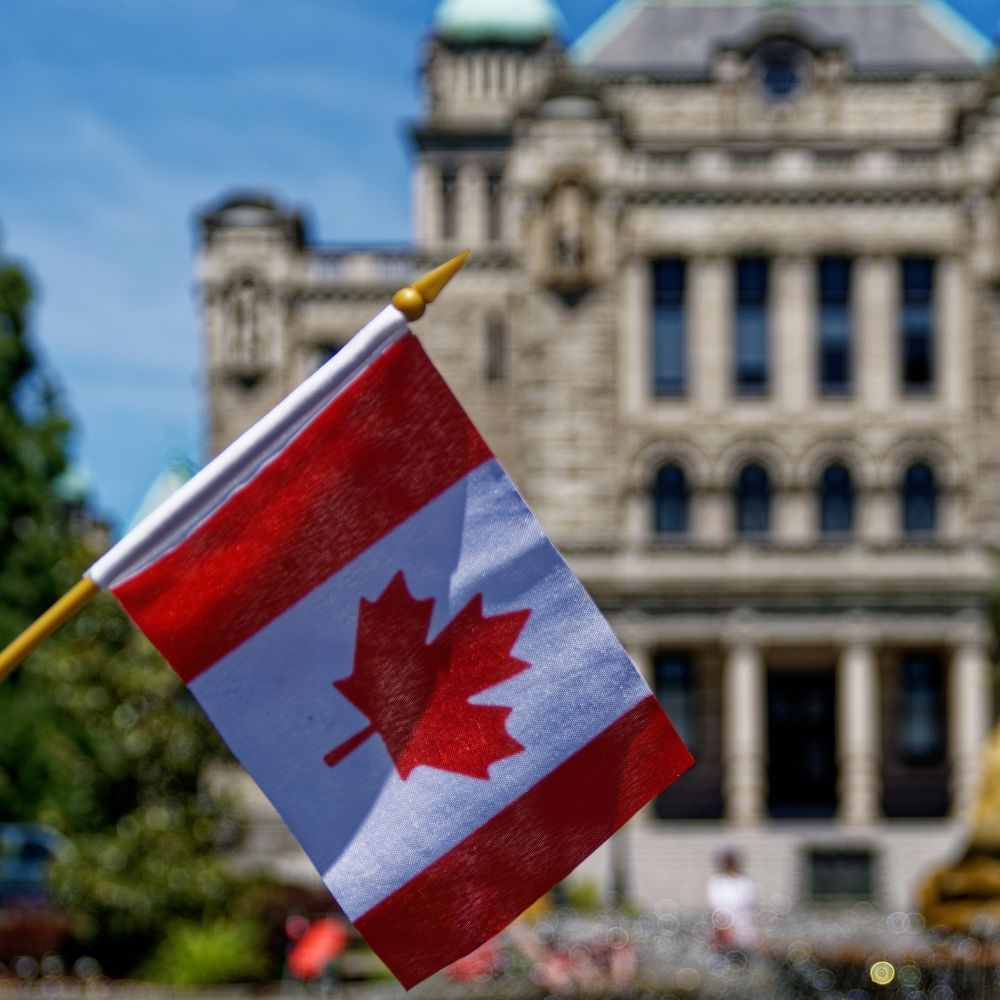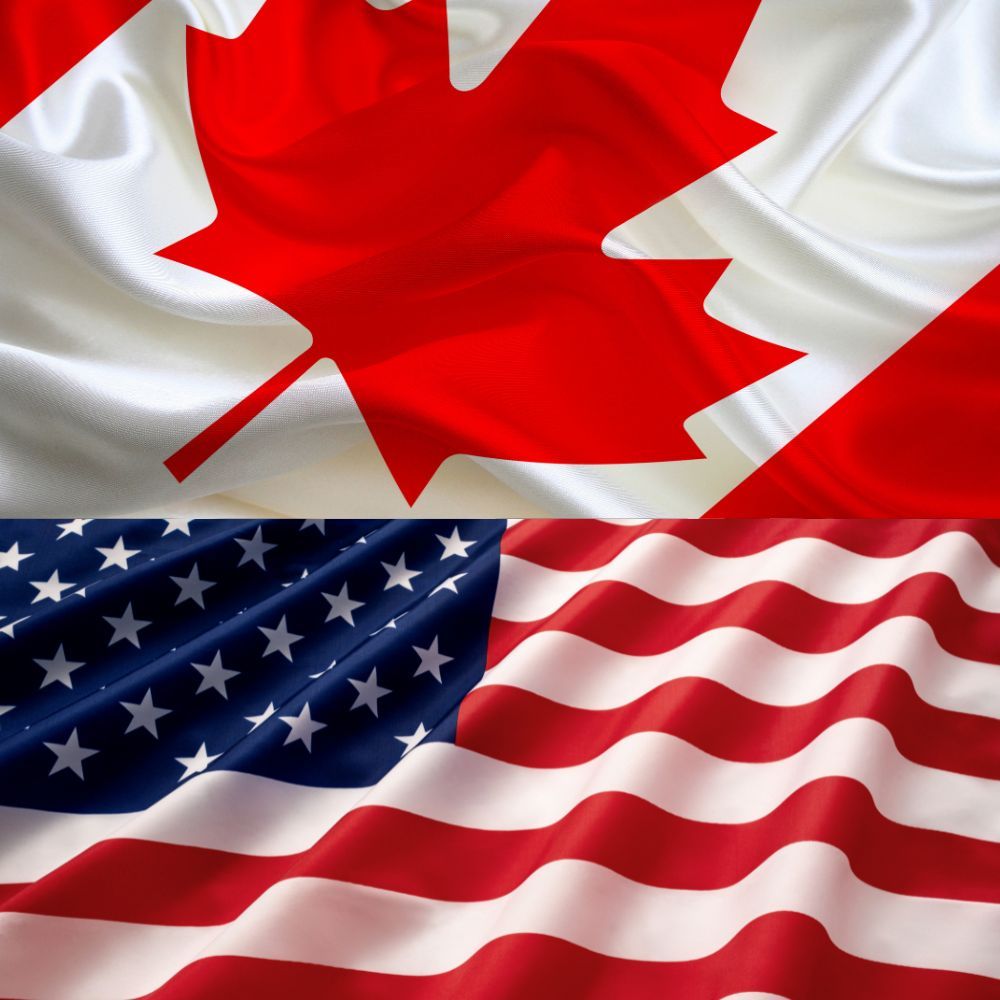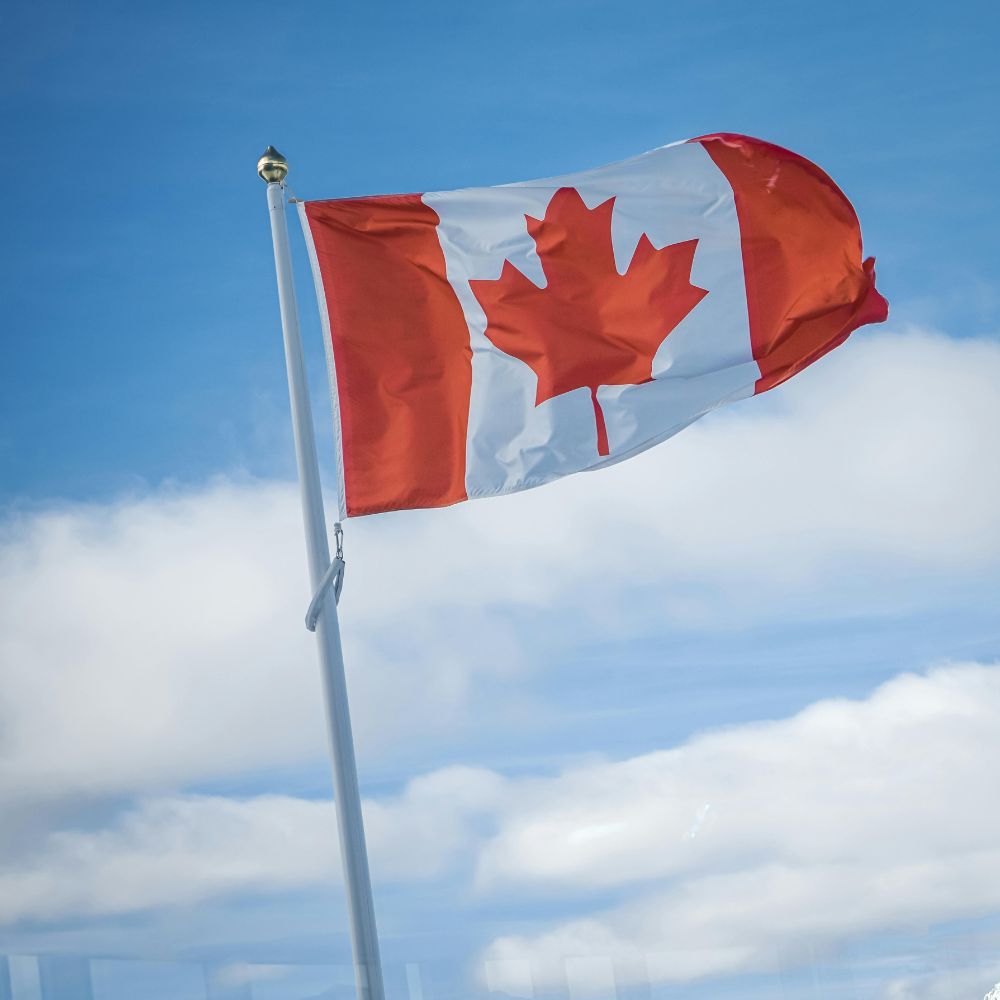Who are we as “Canadians”? Immigrants and Our Values
Justin Trudeau, when he is speaking emotionally about acts of racism, misogyny or recently antisemitism, is given to using the following formulation: “We're seeing right now a rise in antisemitism that is terrifying. Molotov cocktails thrown at Synagogues. This is not who we are as Canadians. This is something that is not acceptable in Canada, period."

It’s been tough for the Prime Minister to find the right words about a hugely domestically divisive Israeli Hamas conflict. Perhaps it’s time to deconstruct his favorite phrasing and explore who we are if - as he suggests - there are virtuous characteristics that we all share.
The most prevalent and traditional attitude held by multi-generational Canadians is that we are a welcoming society, our arms are open to all kinds of newcomers that have made Canada one of the most diverse “tossed salad” societies in the world. Yes, “diversity is our strength” is a watchword of the Liberal government. But is this really shared as an article of faith by the majority of Canadians? Is that an important facet of who we are?
The faith in immigration producing a unique diverse society has deep roots. The 1988 Canadian Multiculturalism Act institutionalized a growing political sense that the huge influx of postwar immigrants produced unity in diversity and promoted integration and accommodation rather than the melting pot found south of the border in the USA. Multiculturalism replaced the French-English duality of the country and became a defining and desirable national characteristic. For many years there was a Minister who doled out modest sums to immigrant communities to maintain their cultural celebrations.
The benefits of a diverse multicultural society were perhaps best expressed by Pierre Trudeau who clearly influenced his son:
“Uniformity is neither desirable nor possible in a country the size of Canada. We should not even be able to agree upon the kind of Canadian to choose as a model, let alone persuade most people to emulate it. There are few policies potentially more disastrous for Canada than to tell all Canadians that they must be alike. There is no such thing as a model or ideal Canadian. What could be more absurd than the concept of an ‘all-Canada’ boy or girl? A society which emphasizes uniformity is one which creates intolerance and hate.”
If there is general agreement with these sentiments, is there equal faith in the economic and social benefits of continuing to support increased immigration? The current affordability and housing crisis runs into strong new arguments that current rates of immigration (running to 500,000 a year in 2025, double the level of 2015) will put severe pressure on our health care and ability to house these newcomers. Add to these numbers over 800,000 foreign students and 2.2 million temporary foreign workers and our wide-open door policies that seem to lack back-up plans are rightfully in question. These two latter groups have fueled population growth, particularly in Ontario where, some economists say, it stokes the housing crisis.
Recent polls suggest that a plurality of Canadians want lower levels of immigration. The most important of this data is from Environics who state from recent polls: “Canadians are now significantly more likely than a year ago to say there is too much immigration to the country, dramatically reversing a trend dating back decades. For the first time, a growing number of Canadians are questioning how many immigrants are arriving, rather than who they are and where they are coming from.”
The other unfortunate finding of our current immigration policies is that a large number of immigrants are not tradespeople or professionals but workers who end up in low paying jobs. Or most troubling, refugees who cannot be housed in overcrowded shelters in Toronto and end up on the street or in church basements. This is a serious failure of our governments.
The other dark side of our multicultural society is that some diaspora communities bring their very traditional cultural racial history and prejudices with them. This is what is fueling violence against Jews by the Palestinian diaspora and the very difficult situation with Canadian Sikhs who want an independent homeland in India. This is where the idea of maintaining the culture of immigrants breaks down when the least attractive features of that culture offend Canadian values. Politicians who seek the vote of these communities are sometimes reluctant to be too openly critical. Justin Trudeau is caught in this no man’s land as he tries to balance support of Israel with the very real toll the Hamas war is causing on Palestinian civilians.
Nevertheless, tolerating and even celebrating differences that don’t impinge on others’ rights to be free and live safely remains desirable characteristics of our immigrant society – apart from the indigenous population - we are all immigrants. And all of us are actively responsible for calling out racial hate and violence, which can be a by-product of our very open immigration policies. We must not let falsehoods and hate go unchallenged; we must enforce anti-hate laws, value the differences in others and support those who act to bridge cultural divides.
Patrick Gossage Insider Political Views




